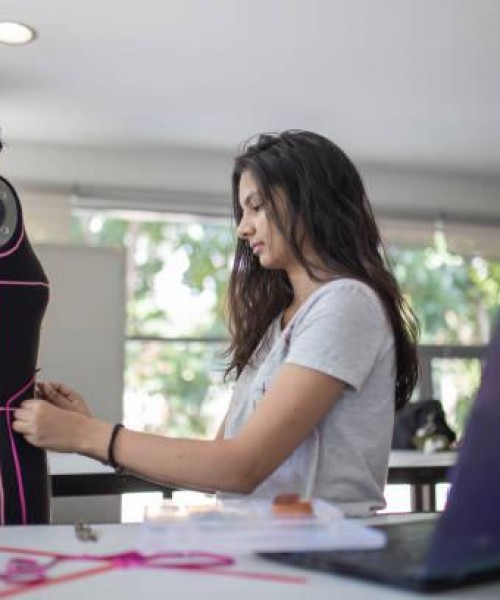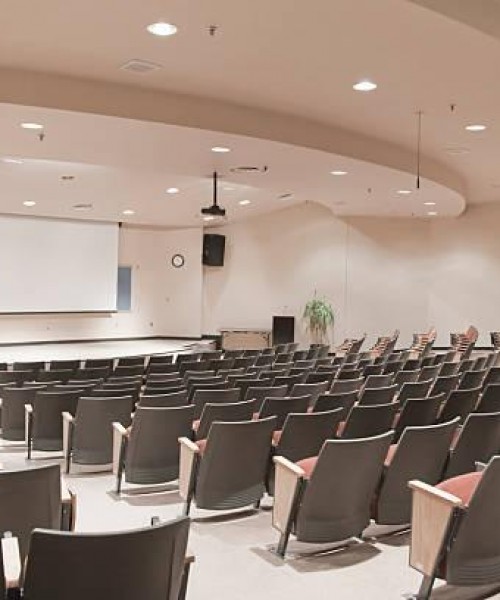Adopting and adapting assessment methods from Europe and US
同样,欧安组织和它的适应,OSPF(实际目标结构量表)被用来在一些医疗学校在课程评价;他们在准备为stringency漆一样的选择。没有证据的有效性和可靠性是自动的。一个主要的限制,在大多数医疗学校是生漆资源条件adequately训练学院的工作人员和基础设施e.g录像欧安组织或受保护的空间”(欧安组织)的行为。有,在大学教师;学生,研究生的数量在一个足够小year.13师范学院邀请,苹果会和部门的最终使用性能eliciting OSCE技能和通讯技能的解释,得到小的关注。所以大学教育研究有漆和清漆的证据往往是本地的一convince skeptics效益评估的方法和一些新的大学在创新和适应当地环境。使用模拟和标准化病人的测试几乎是不存在的,在大多数医疗学校。然而,在所有级别的教师有者谁做的工作很难提供福利的新的方法与技术,在大学的水平,但他们是一些数字。虽然大多数教师认识到在大学选择加密(主要是测试在真实的回忆的方式,他们是他们是安静的钢架)使用广泛的知识和简单的原因(根源)可反映在缺乏透明度和信任的损失之间的学生和教师
The assessment of knowledge is largely tested using long and short essays in summative assessments and MCQs for most entrance exams and few in-course assessments. Though MCQs are being used country wide by most medical schools, only a small proportion of faculty are actually trained in the construction of MCQs, particularly the context rich questions and questions directed to assess clinical reasoning and decision making ability. The stringency in preparation, editing and validation of questions is practiced only at few universities. As a result, poor quality, ambiguous MCQs often get to enter examinations eliciting legal suits by the prospective students. Overdependence on questions eliciting factual recall leads to poor learning habits among students. In the absence of training, teachers sometimes use MCQs as a small component of summative evaluations without attention being paid to the issues of standard setting and minimum pass marks. Some medical schools also use MCQs for summative assessment without giving enough attention to the quality of questions and setting defensible standards.
Similarly, OSCE and its adaptation, OSPE (objective structures practical examination) are being used by some medical schools for in-course assessment; they lack the same stringency in preparation as for MCQs. No evidence of validity and reliability is sought. One of the main constraints in most medical schools is the lack of resources in terms of adequately trained faculty as well as the infrastructure e.g video recording of OSCE or a protected space for conduct of OSCE. There is an acute shortage of faculty for the number of students that graduate every year.13 In the absence of adequate observers, most teachers and departments would end up using OSCEs eliciting interpretative skills; performance and communication skills get little attention. There is also lack of educational research and thereby lack of local evidence to convince the skeptics about the benefit of newer assessment methods and adapt some of the innovations to local context. The use of simulations and standardized patients for testing is almost non-existent in most medical schools. However, there are motivated teachers at all levels who do work hard to provide the benefits of newer methods and technology at individual levels; but they are few in numbers. Though most teachers recognize the drawbacks of MCQs (mostly testing factual recall in the way they are framed) they are still used widely for the simple reason of objectivity and defensibility reflecting the root cause of lack of transparency and loss of trust between the students and the teachers.
Some of the examples of adaptation in the resource constrained setting is the use of structured oral examinations, structured long case examinations and mini-CEX being used by some of the teachers and medical schools. 14-16
The Medical Council of India in its latest efforts of revamping medical education has been talking about introducing a national exit test on the lines of USMLE. However, the modalities are still unclear and it is not known how it proposes to introduce the test without a back-up component of good item writers, psycho-metricians and assessment experts. This approach however has the danger of further polarizing student learning towards factual recall by taking away the emphasis on in-course assessments.
National Knowledge Commission (2006) set up by the Government of India made the observations and reported as below its views on assessment at most institutions of higher education.17
'The nature of annual examinations at universities in India often stifles the teaching-learning process because they reward selective and uncritical learning. There is an acute need to reform this examination system so that it tests understanding rather than memory. Analytical abilities and creative thinking should be at a premium. Learning by rote should be at a discount. Such reform would become more feasible with decentralized examination and smaller universities. But assessment cannot and should not be based on examinations alone. There is a clear need for continuous internal assessment which empowers teachers and students alike, just as it breathes life back into the teaching-learning process. Such internal assessment would also foster the analytical and creative abilities of students which are often a casualty in university administered annual examinations. To begin with, internal assessment could have weight of 25 per cent in the total but this should be raised to 50 percent over time'.
These observations are to a large extent applicable to medical education.
The strength of medical education in India has been the strong knowledge base of the students and the thrust on clinical bedside teaching. There is an extensive clinical exposure of students to patients during training and the assessments do focus on the skills of integration during the examination with real cases. Using real patients in examination settings brings assessment closer to real life, making it more authentic, though there may be some trade-off in standardization. Each of these has its own strengths and weaknesses- still we feel that there is a need to explore the possibility of using real patients even for high stakes examinations.










